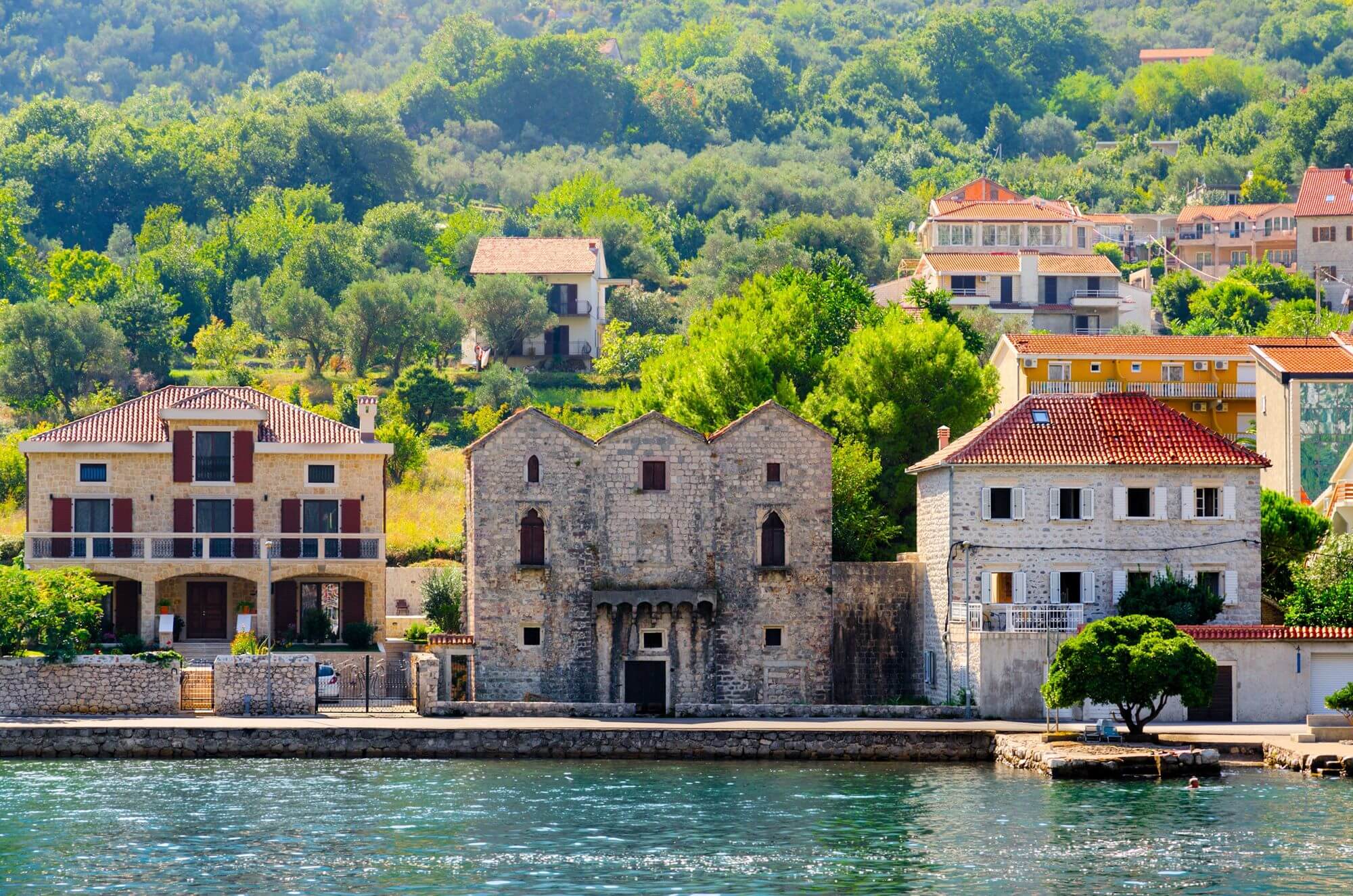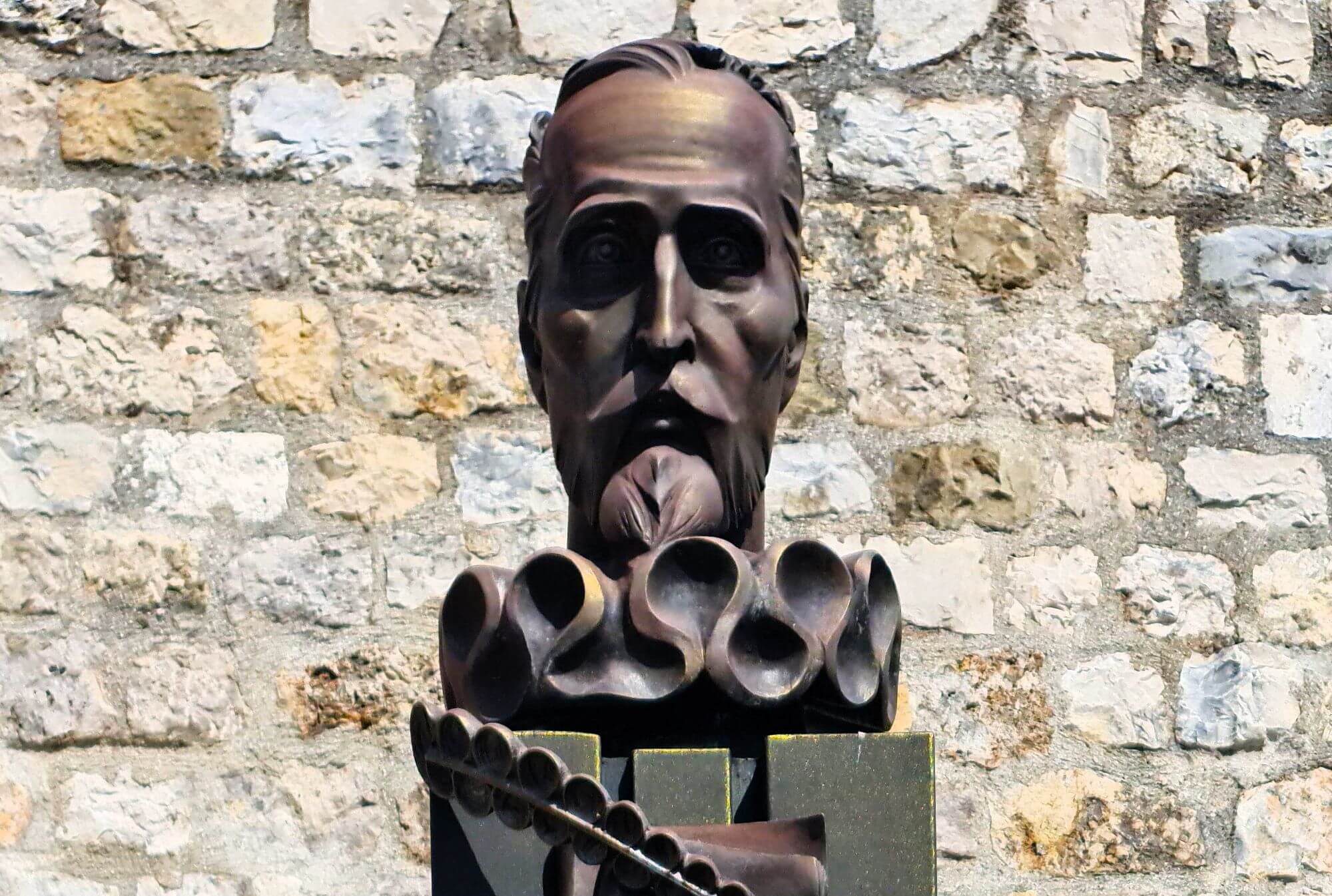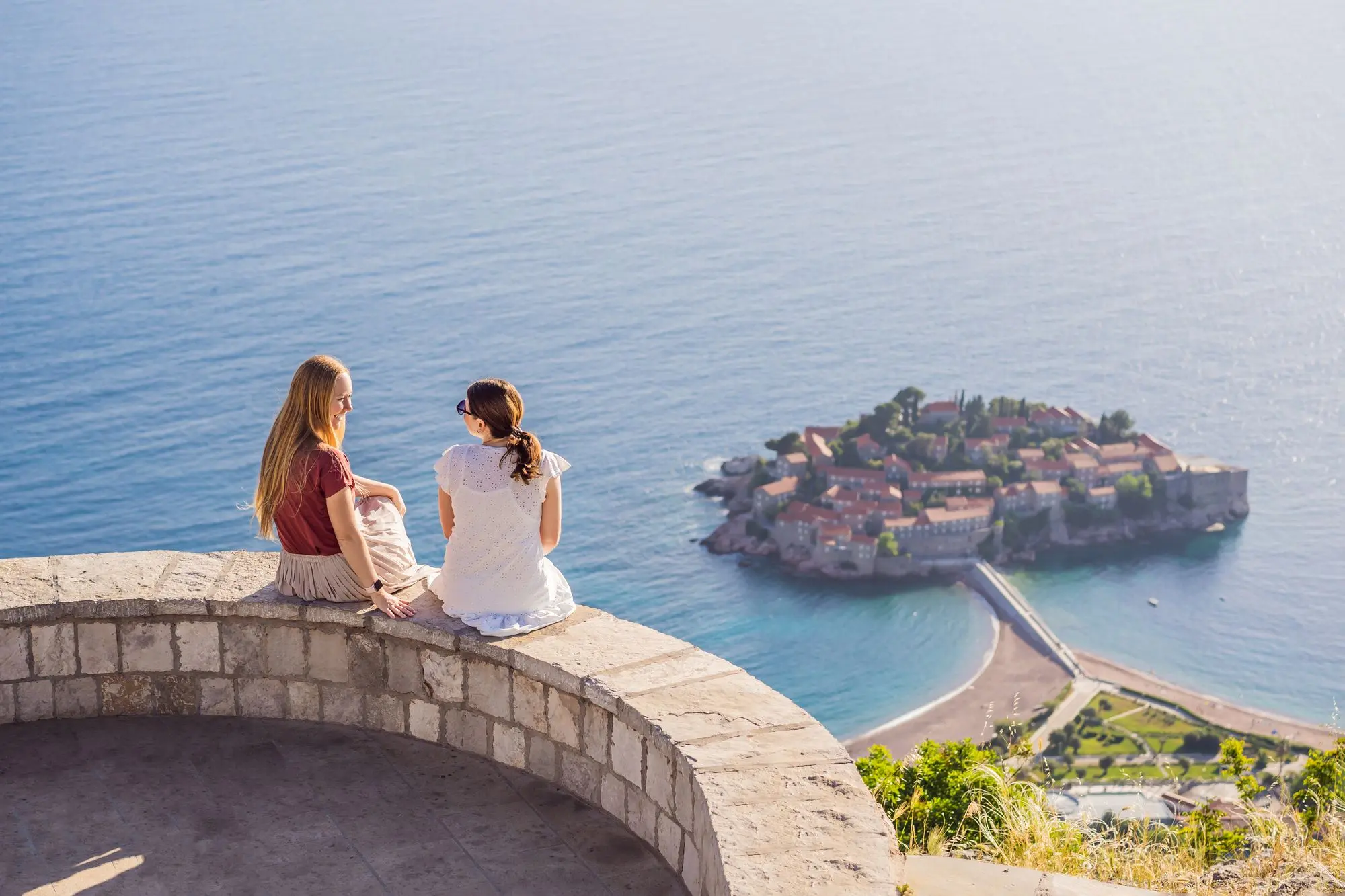5 most interesting legends related to Montenegro
Legends are deeply rooted in the cultural heritage of every nation, and Montenegro is no exception. These stories, often intertwined with mythological creatures, heroic epic events, and miraculous phenomena, are passed down through generations through oral tradition. Each legend carries with it not only a story about past times, but also lessons about courage, love, honor, and betrayal, and often they shape the identity of the people, making them a bridge between the past and the present, and an inspiration for literature, art, and tourism.
In Montenegro, mythological stories are not just fairy tales; they reflect the spiritual strength of the people who throughout history have been faced with challenges and struggles, but also with immense respect for nature and mystical forces. We have found five of the most interesting legends that make an indelible mark on the Montenegrin folk tradition.
1. THE LEGEND OF DUKE MOMČILO AND HORSE JABUČILO
One of the most famous legends in Montenegro tells the story of Duke Momčilo, a brave warrior who ruled the area around Lake Skadar. Momčilo was known for his miraculous horse Jabučilo, which could fly, and his sword, which made him invincible. In the legend, his wife Vidosava betrays him, which leads to the tragic death of the duke. She fell in love with King Vukašin, who promised wealth and power in exchange for help in defeating him. Due to betrayal, Momčilo dies, and Vidosava bears the eternal burden of guilt.
The story of the Devil’s Lake is also associated with Duke Momčilo.
2. THE LEGEND OF THE THREE SISTERS
Three sisters from Kotor fell in love with the same sailor, Jerko Novanjanin, who could not decide which of them to choose. Then he went on a long voyage, and the sisters patiently waited for him at their windows. Over the years, they agree that every time one of them dies, they will brick up her window, so that Jerko will know which one of them is still waiting for him. When the first sister died, the other two bricked up her window, and the same was done when the second sister died. When the third sister died, the window remained open, and the legend of the three sisters became a symbol of unrequited love.
Unfortunately, the sisters never welcomed the sailor. You can find out more about the three sisters at this link.

Palace of the Three Sisters, Photo: Olga355, Dreamstime
3. THE LEGEND OF KOSARA AND VLADIMIR
The legend of Vladimir and Kosara tells of the tragic love between Prince Vladimir of Albania and the Macedonian princess Kosara. After Prince Vladimir was captured by Emperor Samuil, Kosara, who saw him while washing the feet of his captors, fell in love with him. Although they married and lived happily at the Prečista Krajina monastery on the slopes of Rumija, a mountain between Bar and Lake Skadar, Vladimir was killed by Emperor Vladislav when he was ordered to come to Prespa and swear allegiance to his state by carrying a wooden cross.
Kosara became a nun after his death, and, at her request, was buried at Vladimir’s feet. Prince Vladimir was later declared a saint for his pious life.
4. THE LEGEND OF MIGUEL DE CERVANTES
According to legend, Miguel de Cervantes, during his five-year imprisonment in Ulcinj, was inspired to create the character of Dulcinea in his most famous work, Don Quixote. Ulcinj was home to many pirates at the time, and legend suggests that it was from this city that Cervantes drew inspiration for his novel.

Miguel de Cervantes, statue in Ulcinj, Photo: Adria fun
5. THE LEGEND OF THE FAIRY AND KING STEPHEN
King Stephen, dissatisfied with his efforts to build a fortress on the steep cliffs of the Bay of Kotor, decides to take a walk, where a fairy appears to him. She promises him help in building the fortress if he goes down to the sea and allows her to help him during the night. The fairy then warns the king to be modest, as she will punish him if he changes. In the morning, the king finds the completed fortress, and during the party begins to praise his own success. The fairy appears and explains that she is responsible for the construction, which is why the king begins to deny her help. As punishment, the fairy turns the only freshwater source into salt water, but the king repents and sincerely asks for the return of fresh water, which she accepts.
If you’re a fan of these kinds of stories, then be sure to follow the “Legend” tag.




Leave a Reply